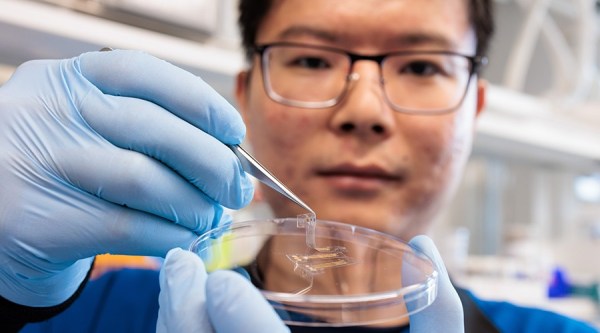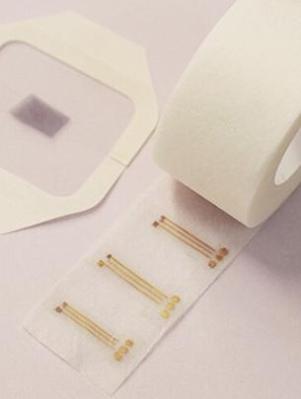If a tree falls in a forest with nobody around, does it make a noise? In the case of the rainforests equipped with the Rainforest Connection’s Guardian system someone most assuredly will.

Originally created by the people behind the US nonprofit Rainforest Connection (RFCx) using upcycled smartphones to detect the sounds of illegal logging, their project now has grown into something much larger, keeping not only tabs on sounds of illegal activity, but also performing bioacoustic monitoring for scientific purposes.
Currently active in ten countries, the so-called Guardian Platform no longer features smartphones, but custom hardware inside an IP66 weatherproof enclosure and a whole range of communication options, ranging from cellular bands to satellite communications. The petal-shaped solar panels provide the module with up to 30 watts of power, and double as a shield to help protect it from the elements.
Not only is the real-time microphone data incredibly useful for rangers trying to stop illegal logging, it also provides researchers access to countless hours of audio data, which will require detailed, automated analysis. Even better is that if the audio data is available to the general public as well, via their Android & iOS apps (bottom of page), just in case you wanted to hear what that sneaky wildlife in the jungle of Peru is up to right now.













